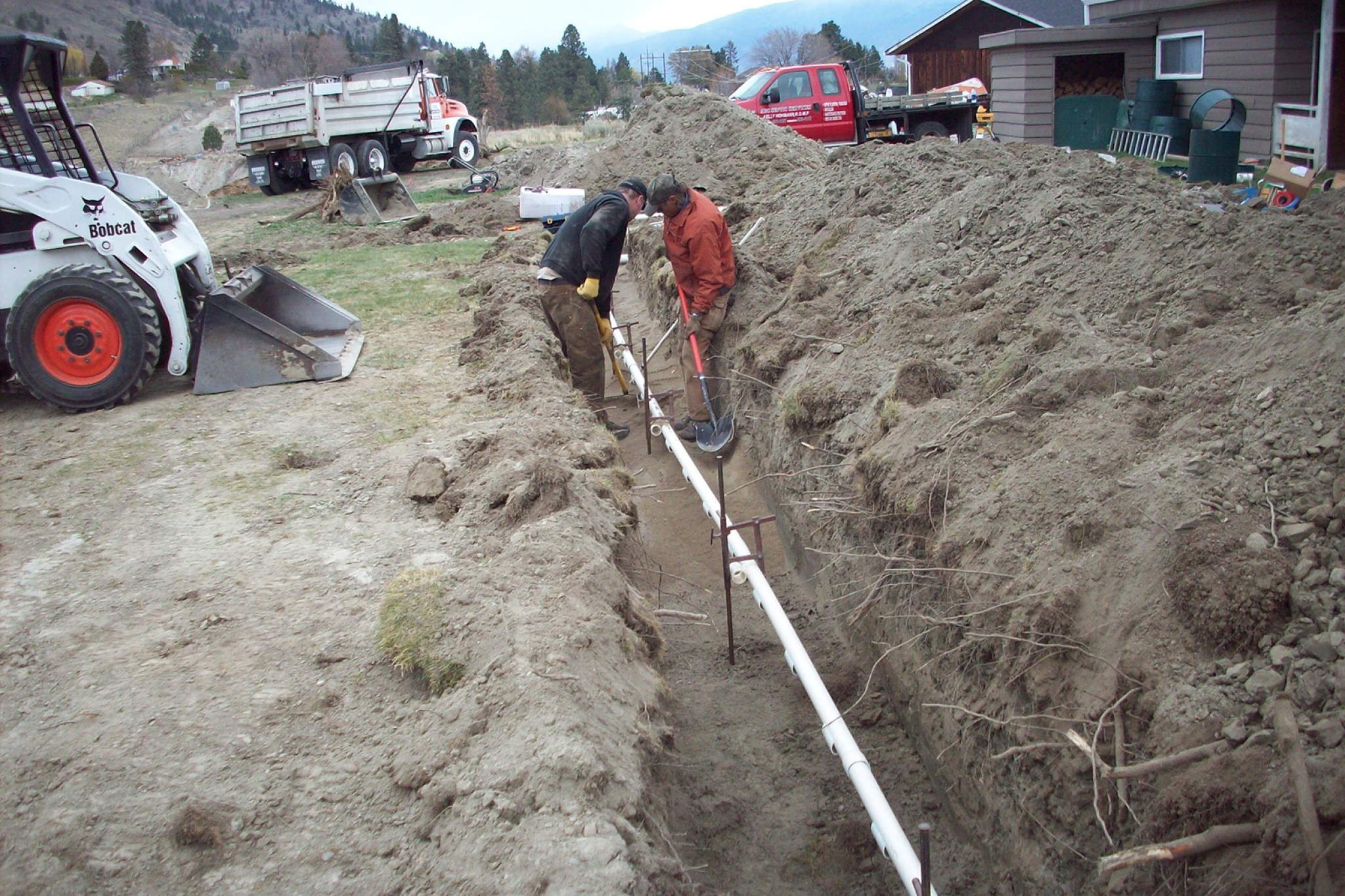When sewage backs up into the house or terrible odors overcome the backyard, you know something is wrong with your septic system.
Depending on what’s causing the problem, you’ll face some big decisions about whether to repair or replace the equipment.
If you need to replace the drainfield, the part of the septic system that removes waste, you could be out $3,000 to $15,000, according to HomeGuide. Worst case: You need an alternative treatment system, for $10,000 to $20,000, reports CostHelper.
4 Steps in a Septic Emergency
Handle problems when they arise by checking:
#1 The Water Level
If you find sewage in your house, lift the lid of the septic tank and check the water level or call a septic tank pumping company to do this for you. If the water is lower than the outlet, the pipe between the house and tank might be clogged. In that case, call a plumber.
#2 The Septic Tank Level
If the level is higher than the outlet, the problem might be the tank. Have your tank pumped (costs $420 on average). That way, you’ll have time to figure out what to do next and allow the pumping company to check for an obvious problem, such as a clogged screen at the outlet.
#3 The Saturation Level in the Drainfield
If flooding has saturated the drainfield, however, wait to pump. Emptying the tank may cause the tank to float, breaking the pipes. Take precautions as you clean up the mess in your house, so you don’t get sick. As outlined by the EPA, if your septic system floods, minimize contact with sewage; wear gloves, shields, and long sleeves; and get extra support from your local health department.
#4 The Drainfield
If the drainfield stinks or is soggy, keep people away from any standing water or soggy soil. There may be a biohazard. If you have young children or pets, you might need a temporary fence. Have your septic tank pumped and cut back on water use. These steps should reduce the odor, but aren’t long-term solutions.
Types of Drainfield Failure
When a drainfield fails, it’s often because the septic tank wasn’t pumped often enough. So, follow best practices in caring for your septic system. Sludge and scum layers can grow so thick that little space is left for wastewater to pool while ingredients separate.
This overgrowth lets grease and solids enter and clog the drainfield, causing stinky water to bubble up to the surface. By the time you notice, the damage is done, and the drainfield needs to be replaced.
A drainfield can also fail even if you haven’t done anything wrong. Over time — often 30 years or so — beneficial microbes in the soil around the drainfield can become so abundant that they clog the soil, preventing it from properly absorbing the water, according to Craig Mains of the National Small Flows Clearinghouse, a nonprofit that advises the septic system industry.
If your drainfield is plugged, the only solution is to abandon it and build a new one. The good news is that once you have a replacement drainfield, you’ll never have to build a new drainfield again. Eventually, the bacteria at the old site will die from lack of food and decompose. When the second field plugs someday, you can go back to using the first one.
When to Repair a Septic System
Some problems can be solved relatively easily. For example, standing water or a sewage odor between the septic tank and the drainfield may be nothing more than a broken pipe, a roughly $1,500 repair. If you have an advanced treatment system, the maintenance company might need to adjust or replace a part.
If you have an aerobic treatment unit — which aerates the tank to help speed the breakdown of waste — and were away for a long period, the beneficial bacteria might have died off. You may just need to use your system frugally for a few weeks while the population rebounds.
When to Replace a Septic System
There’s usually no repair for a failed drainfield. You probably need to replace your septic system.
There are many ways to combine treatment and drainfield options, and your decisions can hugely affect costs, as well as landscaping rework and the use of your property in the future. If you want to reserve land for a future garage, for example, you might be willing to spend more on a compact system.
Even if the drainfield is kaput, the septic tank may be OK. Reusing the tank can save you $1,000 or more — and keep that part of your yard intact. But if moving the tank would solve a landscaping issue or make future pumping easier, now’s the time to do it.
Getting Your Septic System Repaired
Check the websites of your local health department and state environmental agency for procedures to replace or repair a septic system. You may even find a list of licensed repair companies.
Call a couple of companies and schedule visits. Or, if you have an advanced treatment system with an annual maintenance contract, call the company that’s overseeing your system.
Paying for Septic Repairs
If you need major septic work, contact your local health department or environmental agency. They may be able to help you find affordable financing or provide tax credits for the work. Some municipalities help finance septic system repairs by offering low-interest loans using money received through the federal Clean Water Act.
